This week, we’re talking about one of the most famous stories in Japanese history: the bamboo princess Naotake no Kaguyahime and her absolute wrecking ball-esque demolition of Japan’s stupidest and most eligible bachelors before she returns back to her home on the moon.
Who says classical literature isn’t fun?
Sources
Keene, Donald. Seeds in the Heart: Japanese Literature from the Earliest Times to the Late Sixteenth Century
Keene, Donald. “The Tale of the Bamboo Cutter.” Monumenta Nipponica 11, No 4 (Jan, 1956)
Mills, D.E. “Soga Monogatari, Shintoshu, and the Taketori Legend.” Monumenta Nipponica 30, No 1 ( Spring, 1975)
Wilson, Michiko N. “Oba Minako the Raconteur: Refashioning a Yamauba Tale.” Marvels and Tales 27, No. 2 (2013)
Behr, Maiko R. “The Tale of the Bamboo Cutter: A Study of Contexualization”. MA Thesis, University of British Columbia, 1998.
Images

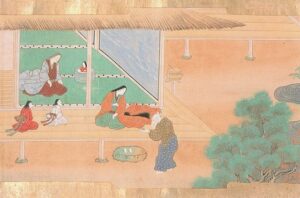
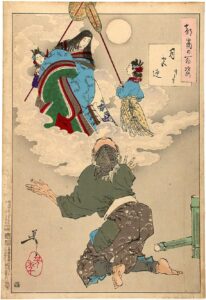
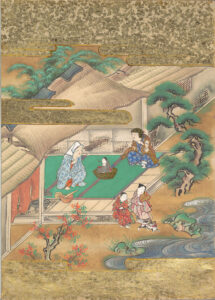
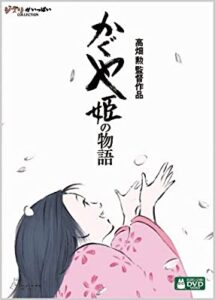
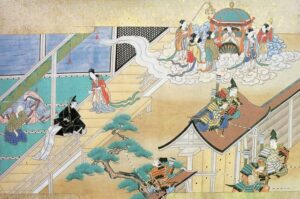

Tale of the Bamboo Cutter? Next week is Zuihitsu? I smell a literature kick. Does that mean you’ll FINALLY get to the Ogura Hyakunin Isshu?!
I remember reading this a loooong time ago when I was a child in a beautiful picture book called Japanese Fairy Tales, pretty sure it was the one by Yei Theodora Ozaki. Japanese Thumbelina, my friends call it. It also had Hanasaka Jisan, which I only remembered as a kid because the little dog Shiro died, and Urashima Taro (what said friends call “Japanese Rip van Winkle”). I was under the impression, like you said, that it was a folktale that only had been codified in the Heian Era. The fact that it has an etiological tale for the name of Mt. Fuji hints at that, and Occam’s razor would suggest such. The classical version must have been adapted with sticking it to those real ministers in mind.
You mentioned about how it has left an indelible mark on Japanese stories. You compared it with Beowulf and the Divine Comedy. Well, with Beowulf (which I actually read in high school, not the epic direct Old English version, but a novelized version), like you said, much of it became standard fantasy tropes. But what tropes from Kaguyahime have become part of the fabric of Japanese storytelling? You only listed cameos and adaptations.